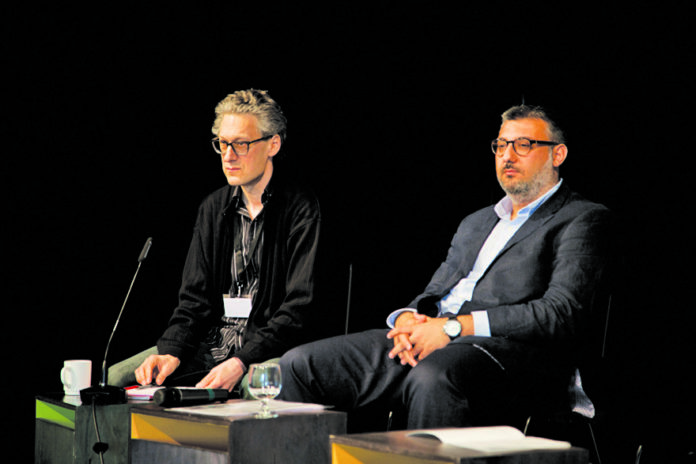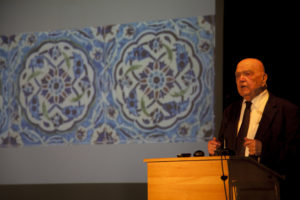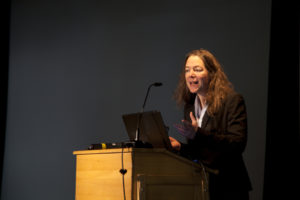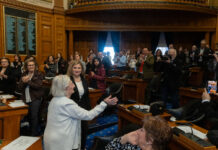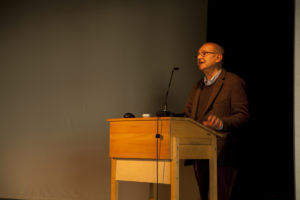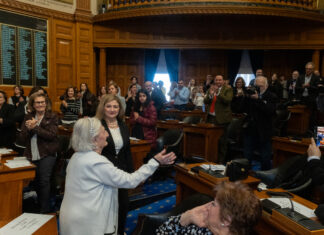HANNOVER, Germany — People of Jewish or Armenian heritage know that they share a painful history, one that deprived them of statehood and forced them into life in the diaspora over centuries.
In view of this shared, but differentiated experience, the European Center for Jewish Music (EZJM) and the German-Armenian Society (DAG) joined to organized a symposium at the Cultural Center in Hannover, from February 24-27.
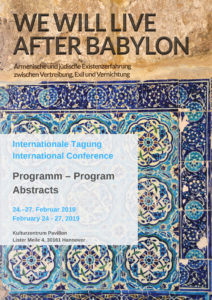
Titled “We Will Live After Babylon: Armenian and Jewish Historical Experience between Expulsion, Exile and Destruction,” the three-day conference presented a vast spectrum, highlighting the diversity as well as the similarities in their historical experience. Scholars from all over the world joined in panels to exchange views on diaspora and minority issues, the Genocide and Holocaust as a breach of civilization, their commemoration and reception, and the relationship between the two communities today.
Between Annihilation, Dispersion and Revival
Following welcoming remarks on behalf of the sponsoring organizations by Prof. Sarah Ross (EZJM) and Dr. Raffi Kantian (DAG), historian Dan Diner from the Hebrew University in Jerusalem delivered the keynote on Imperial Remnants: Minority, Nation-State and Genocide, which laid out the conceptual parameters for the proceedings.



